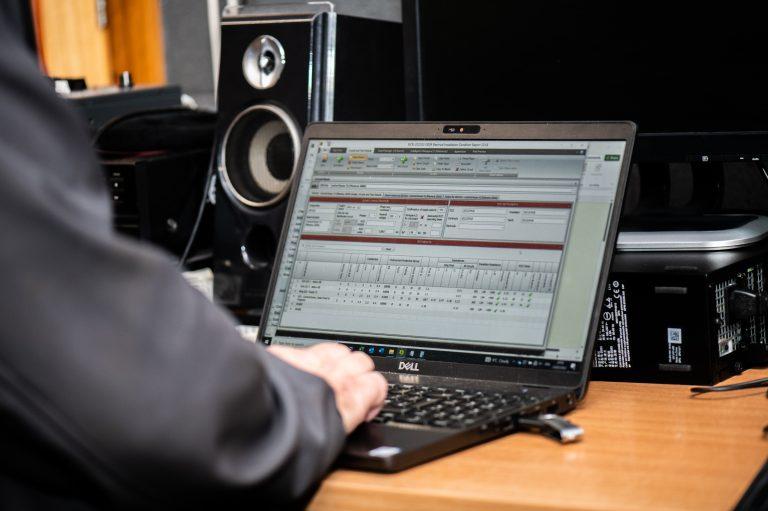Thousands of European businesses have to meet the EU Building Directive, as well as many other energy efficiency regulat
Thousands of European businesses have to meet the EU Building Directive, as well as many other energy efficiency regulations. Energy Performance Certificated (EPCs) will become mandatory within the EU for new buildings and large building refurbishments.
Many more companies will therefore need to investigate equipment within buildings and the building envelope itself for faults. They will not only have to comply with the regulations, they will have to demonstrate compliance.
The easiest and quickest method of detecting energy waste in buildings is infrared thermography. This is a non-destructive, non-contact method of locating faults by measuring the infrared radiation emitted by surfaces. Viewing a thermal image immediately points users to anomalies which could indicate potential faults. It identifies a whole range of issues including missing or damaged insulation, air leakage, moisture intrusion in roofs and walls, actual and potential mould areas, thermal bridges and water leakages.
Activities like building services, insulation activities and energy performance assessments will all become easier with a fast infrared survey. Companies will be able to give an exact and documented overview of fault locations in the building. That will ultimately lead to considerable savings for their customers: the designers, housing associations, architects, installation companies, building experts, buyers, owners and tenants.
Detecting heat loss and moisture
Thermal imaging can detect heat loss and cool infiltration or exfiltration and heating and ventilation problems. Hot spots can indicate overheating and failing equipment, and missing insulation panels in heating ducts. Cold spots can reveal moisture, poor insulation, blocked radiators, defective heating elements in underfloor heating systems, faulty construction, and failing HVAC equipment.
In roofing surveys, the imagers detect wet insulation under the roof membrane in flat roof systems, allowing wet portions of the roofing structure to be repaired or replaced before the entire roof is damaged.
In restoration projects, moisture can be detected despite being concealed behind walls, ceilings or covered floors. That helps control mould by finding sources of moisture that would otherwise go undetected.
Thermal imagers help identify the specific problems that push up energy bills and cause discomfort and possible health problems for building occupants.
Identifying energy waste and building defects
A Thermal imaging survey highlights defects in the building fabric and other sources of energy waste.




